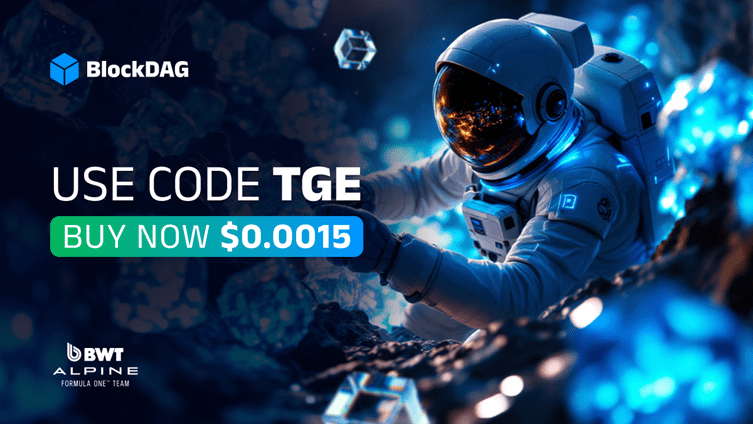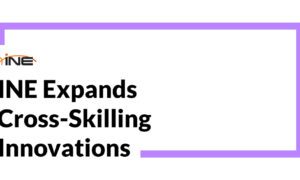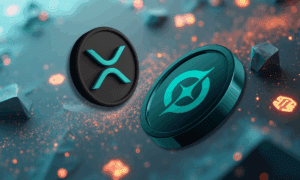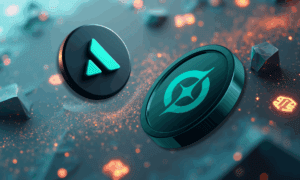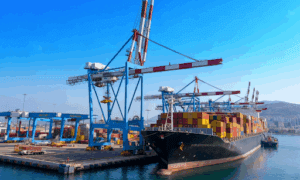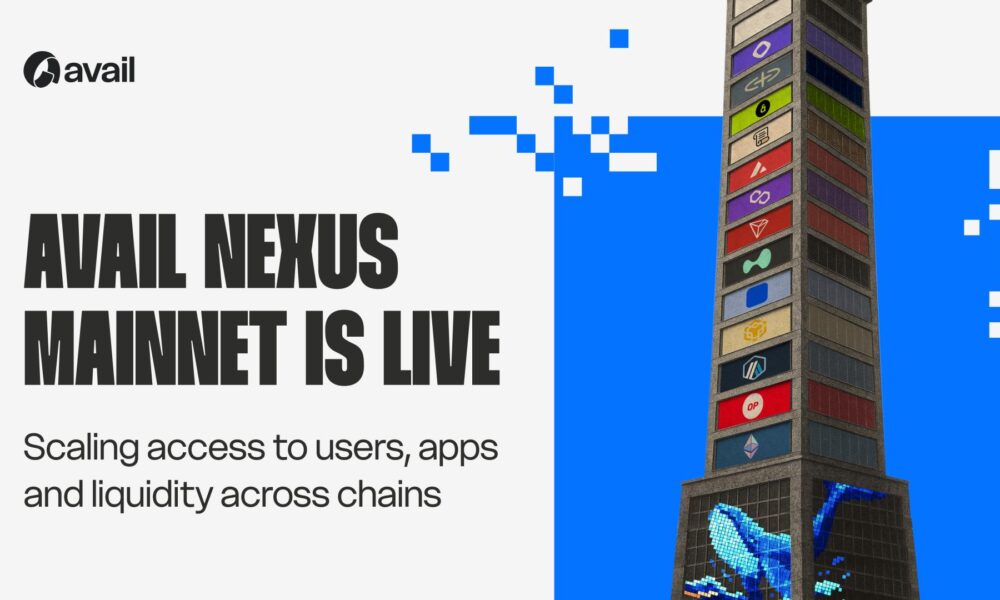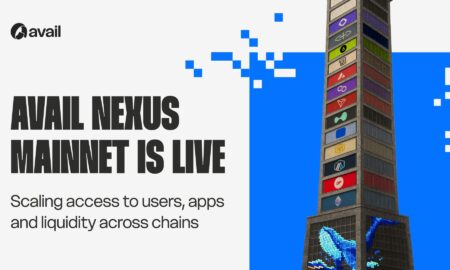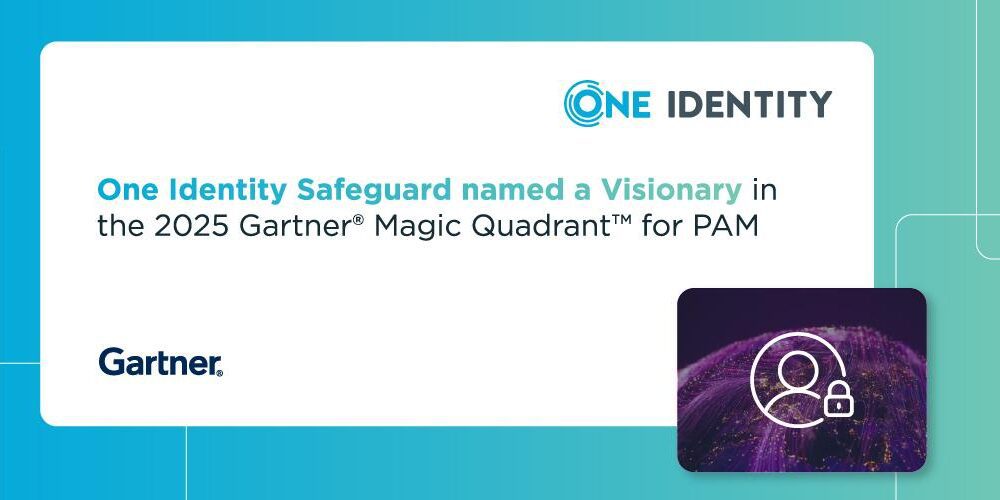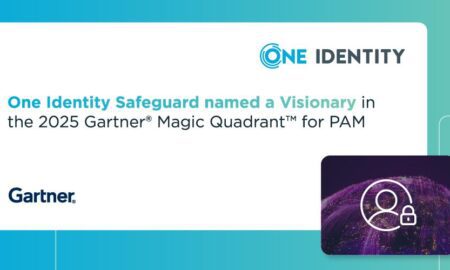Hyperliquid is up 8.58% this week, driven by a sharp increase in on-chain derivative activity and growing sentiment around transparency. Ethereum whales have added over $480 million in holdings, fueling bullish expectations as ETH tests resistance near the $5,000 level. But both coins face challenges in scaling and application scope.
In contrast, BlockDAG (BDAG) is pushing through its launch-phase checklist with visible results: miner shipment, full audits, EVM-compatible testnet, and confirmed Tier-1 listings. With BDAG available at just $0.0015 using code “TGE,” the project isn’t just building hype; it’s finishing what others haven’t. This comparative review weighs utility, delivery, and buyers’ timing across all three chains.
Hyperliquid Soars 8.5%, but Ecosystem Growth Still Lags
Hyperliquid has gained attention following its 8.58% weekly price jump, mostly credited to rising interest in decentralized derivatives. The platform benefits from being faster and more cost-effective than centralized exchanges, and its commitment to transparency struck a chord after the founder called out major exchanges for hiding liquidation data.
Still, its real-world traction remains narrowly concentrated within its core use case. Unlike general-purpose Layer 1 networks, Hyperliquid’s ecosystem remains thin. It currently lacks diverse dApps, lacks cross-chain utility, and does not support broader developer adoption beyond its niche.
The recent spike in volume is more of a reflection of a sentiment-driven rebound than a fundamental shift in adoption. For long-term investors, the Hyperliquid price surge signals momentum, but the lack of staking, governance, or wide utility functions leaves the project vulnerable to volatility. Its next phase must involve expanding beyond on-chain trading to establish broader ecosystem relevance.
Ethereum: Whale Confidence Remains, but Bottlenecks Persist
Ethereum has seen renewed accumulation activity, with whales purchasing more than $480 million in ETH last week. This has added weight to bullish calls and pushed ETH closer to the $5,000 mark, where historical resistance has been difficult to break. Ethereum remains the market leader in DeFi activity and smart contract volume, but its structural bottlenecks persist. Even after the full Proof-of-Stake transition, the blockchain continues to struggle with throughput constraints and rising Layer 2 dependency.
The centralization narrative has also become more pronounced. A large portion of Ethereum’s staking is now handled by a few dominant validators, leading to concerns about decentralization. Furthermore, the Ethereum (ETH) price prediction range continues to fluctuate due to macroeconomic pressures, including ETF sentiment and rate uncertainty. Ethereum retains institutional credibility, but user costs, network congestion, and centralization concerns may slow long-term scaling if Layer 2 solutions don’t achieve broader compatibility and interoperability.
BlockDAG’s $425M+ Presale & TGE Offer Cement It as 2025’s Best Crypto to Buy
BlockDAG offers a rare combination of transparent execution, expanding utility, and active community participation, positioning it as the best crypto to buy now from a value-to-delivery standpoint. With the Genesis Day confirmed for November 26 and the Keynote 4 approaching, the project has released a final push under code TGE, offering BDAG coins at $0.0015 and also giving buyers early access to the airdrop depending on their ranking. The BDAG coin has seen 2,940% growth since Batch 1, backed by over 27 billion coins sold and $425+ million raised to date.
The project is executing a four-step launch roadmap: finalize the mainnet, deliver all miners, hit the $600 million presale cap, and launch across the confirmed exchanges. The X10 miners are already being shipped, with the X30 and X100 following shortly. The Awakening Testnet is live and fully functional, featuring EVM compatibility, Account Abstraction, smart contract deployment, NFT explorer modules, and token transfer support, all while syncing with live mining hardware.
Unlike Hyperliquid’s single-use model or Ethereum’s Layer-2 dependency, BlockDAG’s infrastructure is being built for full-stack usage: validator staking, transaction fees, DApp payments, and on-chain governance. Post-launch, the coin will also unlock access to the BlockDAG Super App and serve as the fuel for dApp-level transactions and community incentive mechanisms. Compliance is also front-and-center, with the team submitting MiCA documentation in the EU and promising full tokenomics audits before listing.
Most significantly, all of this progress is being executed with a doxxed team, public roadmaps, multi-sig treasury protections, and daily community engagement through Dashboard V4 and social platforms. BlockDAG isn’t pushing hype; it’s closing its presale with receipts. In a climate where delivery matters more than branding, it stands out as one of the few projects where utility isn’t theoretical, it’s already functional.
Price Movement vs Proof-of-Execution
Hyperliquid may offer short-term gains driven by momentum, but its long-term value depends on scaling outside of on-chain trading. Ethereum continues to lead by size and capital flow, but it is still navigating major structural and scalability challenges despite bullish whale accumulation.
BlockDAG, in contrast, offers a fully documented launch strategy, multi-utility token mechanics, and presale pricing that hasn’t yet caught up with its visible progress. With a real testnet, real miners, and 20+ confirmed exchange listings, BlockDAG is showing what most chains only talk about.
For buyers seeking smart chain utility, verified delivery, and early pricing windows, BlockDAG may be the most grounded choice among all three. It isn’t reliant on speculative spikes or macro bets; it’s building something real, and now is the final moment to get in before the ecosystem goes live.
- Presale: https://purchase.blockdag.network
- Website: https://blockdag.network
- Telegram: https://t.me/blockDAGnetworkOfficial
- Discord: https://discord.gg/Q7BxghMVyu

